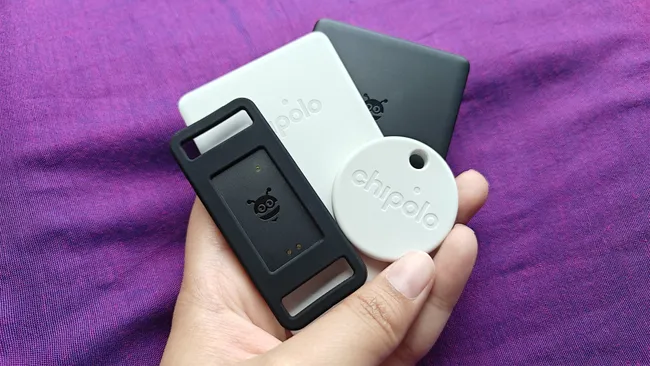Google's relaunched Find My Device network, introduced to compete with Apple's Find My network, officially went live in April 2024. The concept is to create a global web of compatible devices, facilitating the tracking of lost items through compatible item trackers. Given my expertise in accessories, I tested this network using the latest Bluetooth trackers from Chipolo and Pebblebee. Unfortunately, my experience was far from satisfactory.
The Test Setup
Chipolo and Pebblebee were among the first to adopt the Find My Device network. Pebblebee provided the Pebblebee Clip, Card, and Tag for Android, each boasting a range of 500ft (300ft for the Tag), IPX6 water and dust resistance, and loud volume alerts. Their standout feature is the rechargeable batteries using USB-C cables.
Chipolo's ONE Point and CARD Point trackers were also tested, offering a range of 200ft, IPX5 water resistance, and loud alerts (120dB for ONE Point). These trackers differentiate themselves with a replaceable CR2032 battery for ONE Point and a non-replaceable battery for CARD Point.
 |
| Google's Find My Device Network: A Disappointing Test with the Latest Trackers |
Initial Impressions
Setting up the trackers was straightforward using the respective Android apps, which seamlessly integrated with the Google Find My Device app. I divided the trackers among friends and attempted to locate them without prior knowledge of their whereabouts. The trackers performed well within Bluetooth range but failed miserably once out of range.
The Treasure Hunt
To thoroughly test the network, I marked all trackers as lost and waited for the network to locate them. To my disappointment, three days passed without any updates. It was only during a chance meeting with friends carrying the trackers that I received a notification about their proximity. This failure highlighted a significant gap between my expectations and the network's reality.
Analyzing the Shortcomings
The primary issue lies in the limited participation in Google's crowdsourcing network. Despite the widespread use of Android devices, not many users contribute to the Find My Device network. This lack of contribution undermines the network's potential effectiveness.
Google's approach to user privacy, offering multiple options for participation, inadvertently hampers the network's success. While protecting user privacy is commendable, the plethora of opt-out choices dilutes the network's effectiveness. Additionally, many users are unaware of the Find My Device feature, further reducing potential contributions.
Moving Forward
To unlock the full potential of the Find My Device network, Google needs to incentivize participation. Simplifying the opt-in process and raising awareness about the feature could significantly boost network contributions. Without increased participation, the network's utility remains severely limited, rendering the latest Bluetooth trackers ineffective for their intended purpose.
Conclusion
My test of Google's Find My Device network with Chipolo and Pebblebee trackers was disappointing. The network's current limitations highlight the need for more widespread user participation and awareness. As it stands, the Find My Device network falls short of its promise, and significant improvements are necessary for it to become a reliable item-finding solution.
